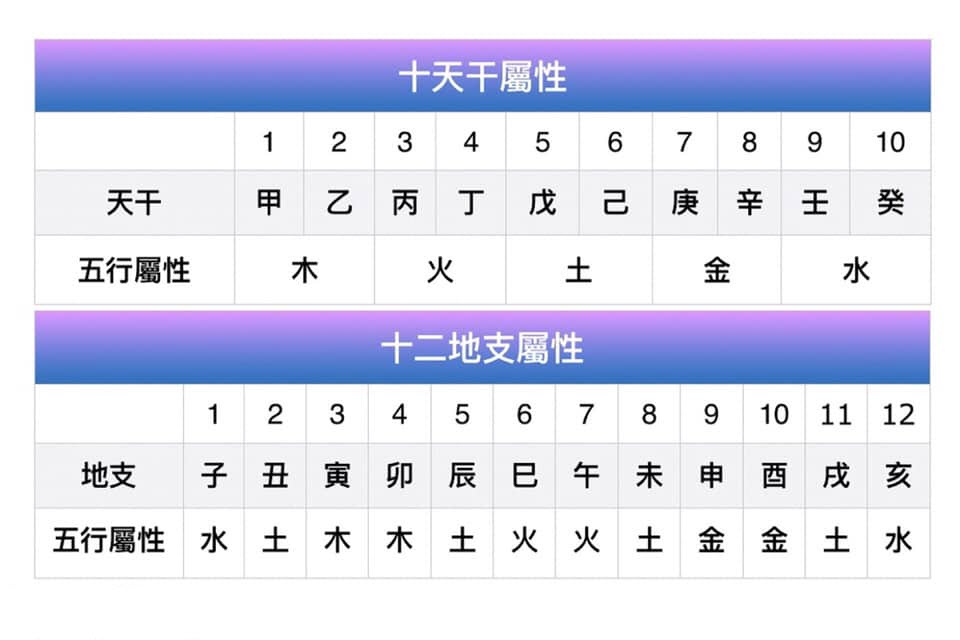
.
How to understand what the I Ching says
The Book of Changes is a book that introduces the laws of development and operation of all things in the universe. All things in the universe, the ancients summed up mainly three talents: “Heaven, Earth, and Man”; Heaven, Earth, and Man appear to be different on the surface. How can we describe the common development law of the three? That is “the unity of heaven and man”, that is to treat all things and people as equals, everything can reflect me, and I can reflect everything. It is to summarize their common characteristics with a unified model. This model contains three levels of “image, number, and reason”, that is, when we analyze everything, we can analyze it from the three dimensions of “image, number, and reason”. And this is the basis of easy “occupancy”.
.
How to understand “Xiang, Number, Reason, Occupation”
“Xiang”
Refers to all things. “Book of Changes: Xie Biography” says: “That’s why the “Book of Changes” is like an image. An image is also an image.” It means that the book of Zhouyi is a symbol. . This is not difficult to understand. For people it is the appearance of people, for things it is the shape of things, for weather it is natural phenomena such as rain, snow and hail, and for things it is “good and bad”.
“Number”
Refers to natural numbers, data. The things that need to be paid attention to, “numbers are used for signs”, “images are determined by numbers”, images and numbers are one and inseparable, and everything has images and numbers. For example, for a person, such as his appearance, the number includes his age, height, weight, date of birth and other data. For a cup, the number includes its length, width, height, capacity and other numbers.
“Reason”
It refers to Yili, that is, the yin and yang theory, the five elements theory, and the theory of the unity of man and nature; it refers to the connection between things.
“Take up”
It means divination, that is, prediction. Divination belongs to the category of “skills”, the application of techniques rather than the category of “principles”, that is, how to use the easy “images, numbers, and principles” to divination and prediction.
.
Concepts related to numbers
Numbers can be said to be a key to open the magical door of the Book of Changes, such as: one yin and one yang is called Tao, the three talents of heaven, earth and man, two ceremonies, four images, gossip, sixty-four hexagrams, etc. Today we will introduce these concepts related to numbers one by one.
.

.
Tai Chi (1)
Although the word does not have numbers, the numbers are obvious. “Tai” means great, and “extreme” means extreme. “Tai Chi” is the starting point of the Easy Learning System. Note that it is an easy-to-learn system. Natural sciences such as physics and chemistry have their own systems, as well as Yixue.
.

.
Two meters (2)
The two meters contain the number “two”. Two instruments are generally considered to be yin and yang, which is the basis of the dichotomy of the Yixue system. Yin and Yang oppose each other and depend on each other.
.
Three Talents (3)
Three talents are the people of heaven and earth. What I want to say here is that the people of heaven and earth are called the three talents, and the person here refers to “I”. Not everyone.
.
Four Xiang (4)

Four Xiang are the basis of the time position after the Yixue system divides yin and yang. Generally speaking, the four Xiang refer to Shaoyang, Laoyang, Shaoyin, and Laoyin. Later, it was said to be different, and it was also expressed in terms of the four seasons of spring, summer, autumn and winter, the four directions, the southeast, the northwest, the four beasts, the green dragon, the white tiger, the red bird, and the Xuanwu. Neither is accurate.
.
Five Elements (5)

.
The five elements are the five states of yin and yang flow. The five elements come from the four Xiangs. The five elements are metal, wood, water, fire, and soil. The relationship between production and restraint is: wood produces fire, fire produces earth, earth produces metal, metal produces water, and water produces wood; Note that the five elements are not the five elements that are commonly referred to.
.
Six lines (6)
It is said that King Wen weighed 8 hexagrams as 64 hexagrams. So each hexagram is six lines. The first line is the first line, the second line is the second line, the second line is the second line, and the last line is the upper line. The first line uses the word “chu”, which has a time factor, and the last line uses the word “上”, which has the concept of position.
.
Trigrams(8)
In the Yixue system, it is divided into Yin Yao and Yang Yao. After three superpositions (one life two, two creating three, three creating all things), it becomes Trigrams. Trigrams are Gandui Lizhen Sunda Kangenkun. There are congenital Trigrams and acquired Trigrams. Innate Trigrams sometimes have no place, and they are used for sincerity.

.
Nine Palaces (9)
The name of Jiugong should start with Luoshu. That is to wear nine shoes, one on the left, three on the left, seven on the right, two and four for the shoulders, six or eight for the feet, and five in the center. This adds up to 15 horizontally and vertically.

.
Heavenly Stems (10)
The number of heavenly stems is ten, A, B, C, D, Wu, Ji, G, Xin, Ren, and Gui. The number of celestial stems and the number of terrestrial branches are combined for timekeeping, and the combination of orientation has the attributes of five elements, A and B, the eastern wood, Bing Ding, the southern fire, Wu Ji, the central soil, Geng Xin, western gold, and Rengui northern water.

Earthly Branches (12)
There are twelve Earthly Branches, and Zi Chou Yin Mao Chen Si did not apply for You Xu Hai at noon. The combination of the earth branch and the sky stem is used for timing. Combined with the orientation, there are five elements of attributes, Yinmao East Wood, Siwu South Fire, Shenyou West Jin, Haizi North Water, Chouchen Weixu Four Earths.
.
.








